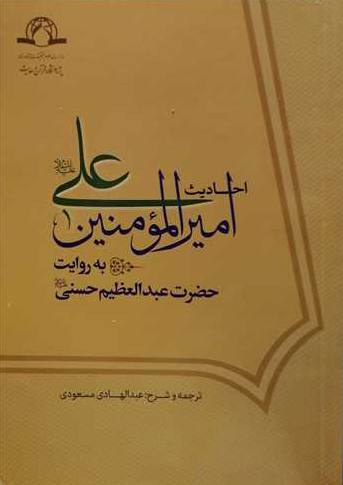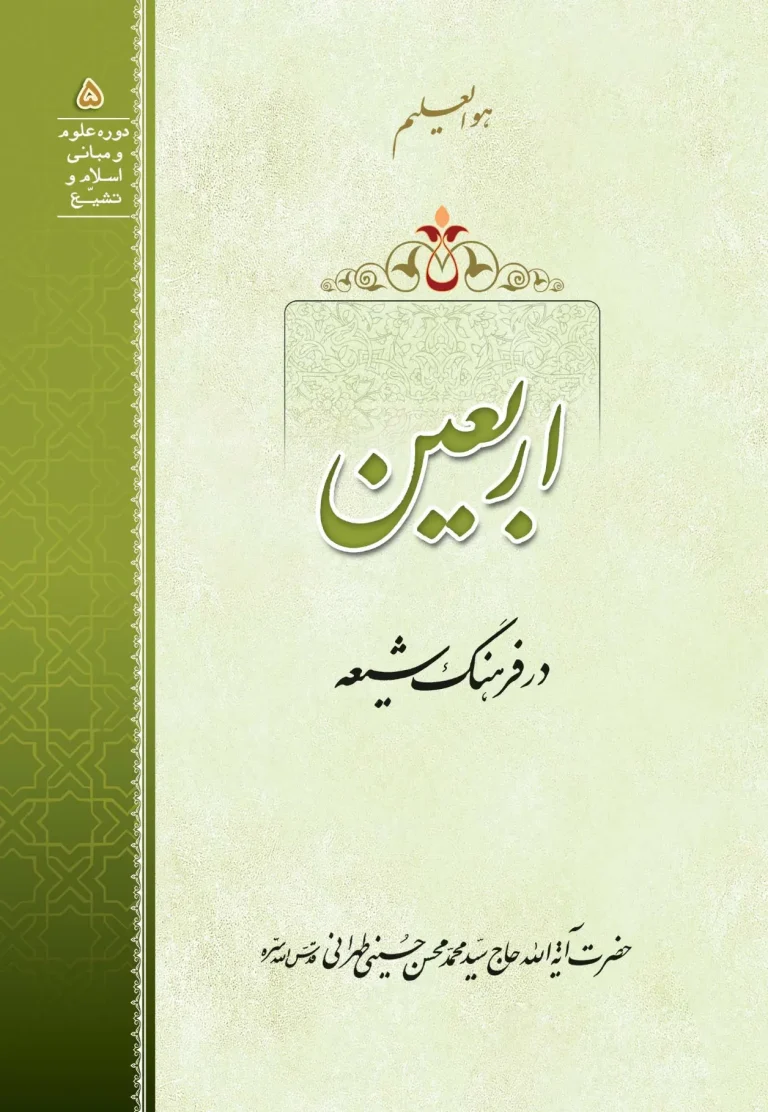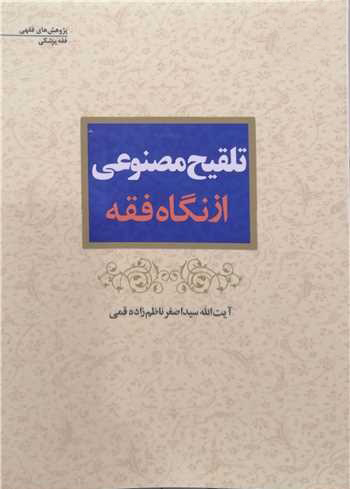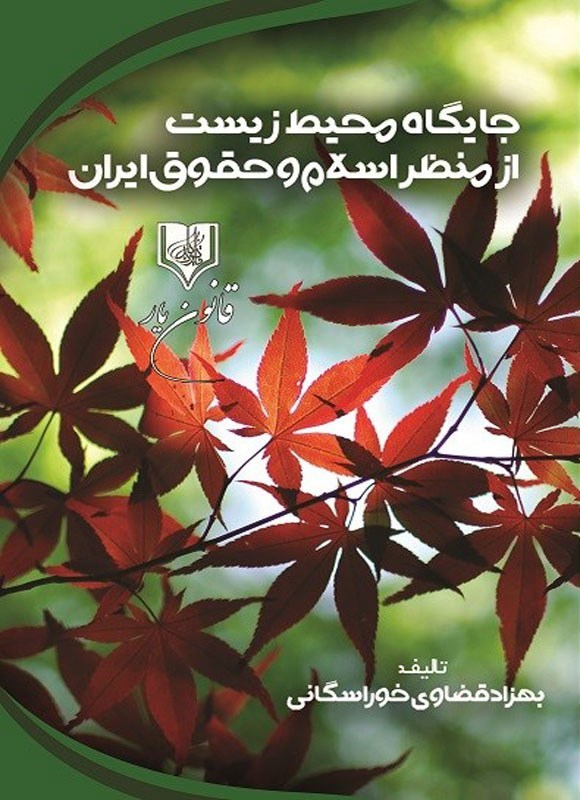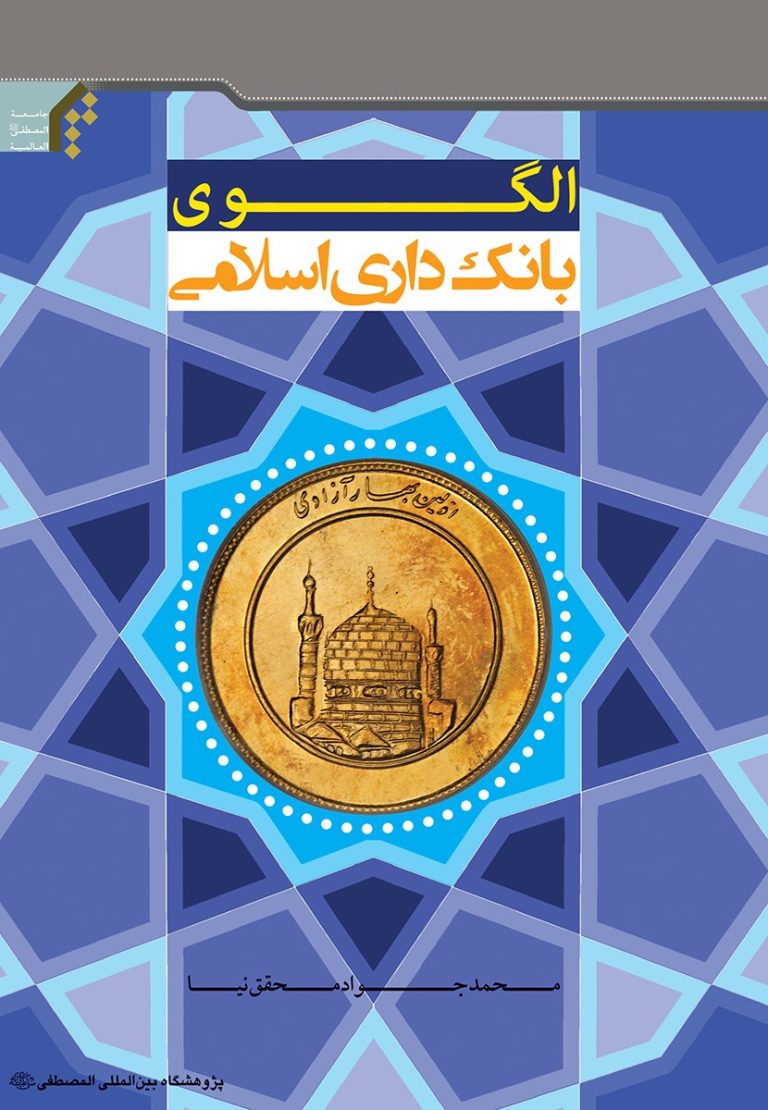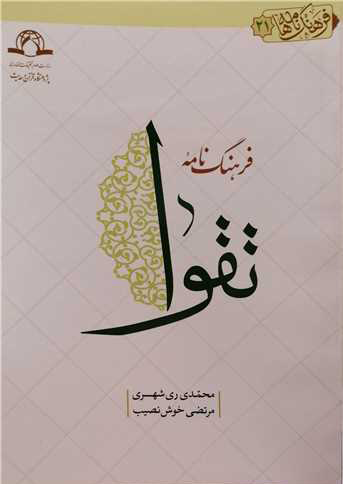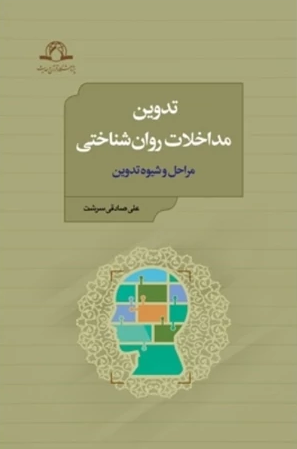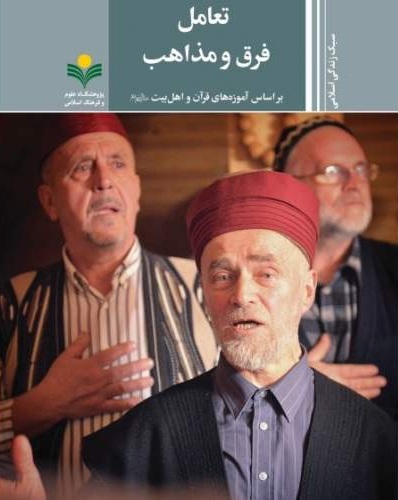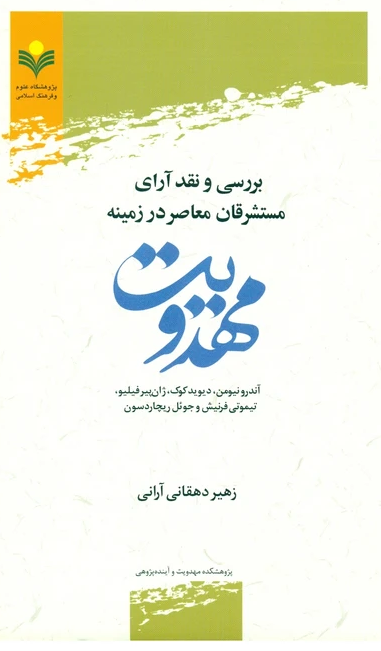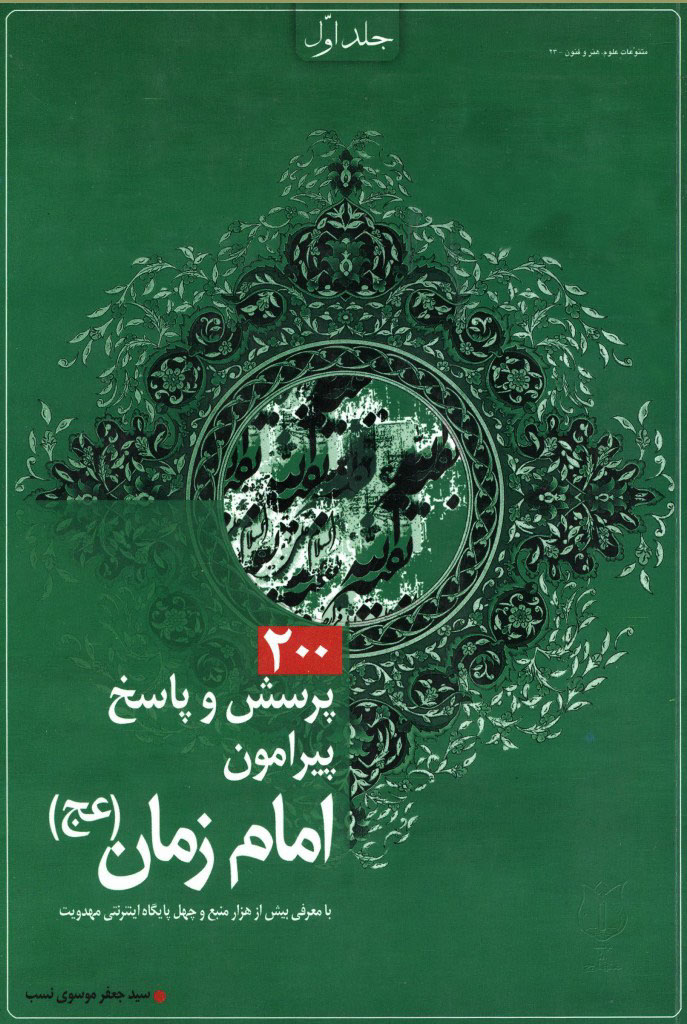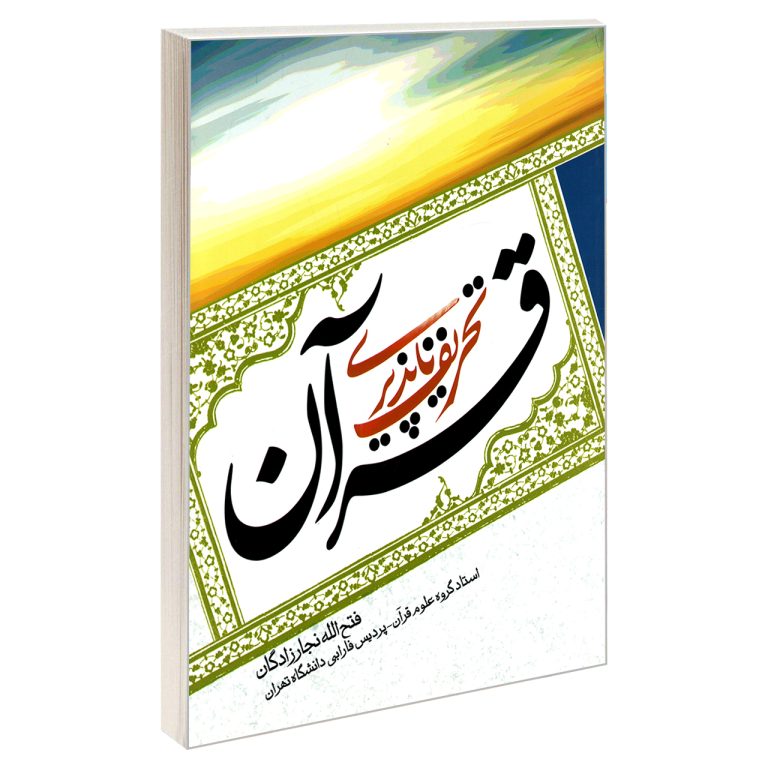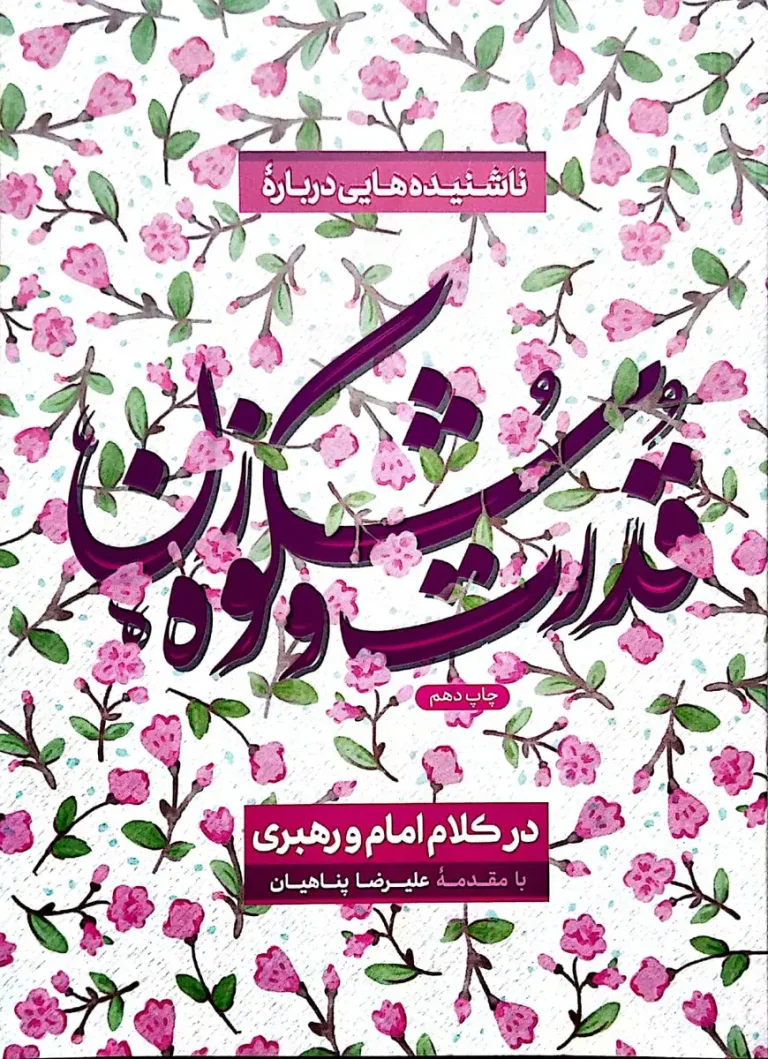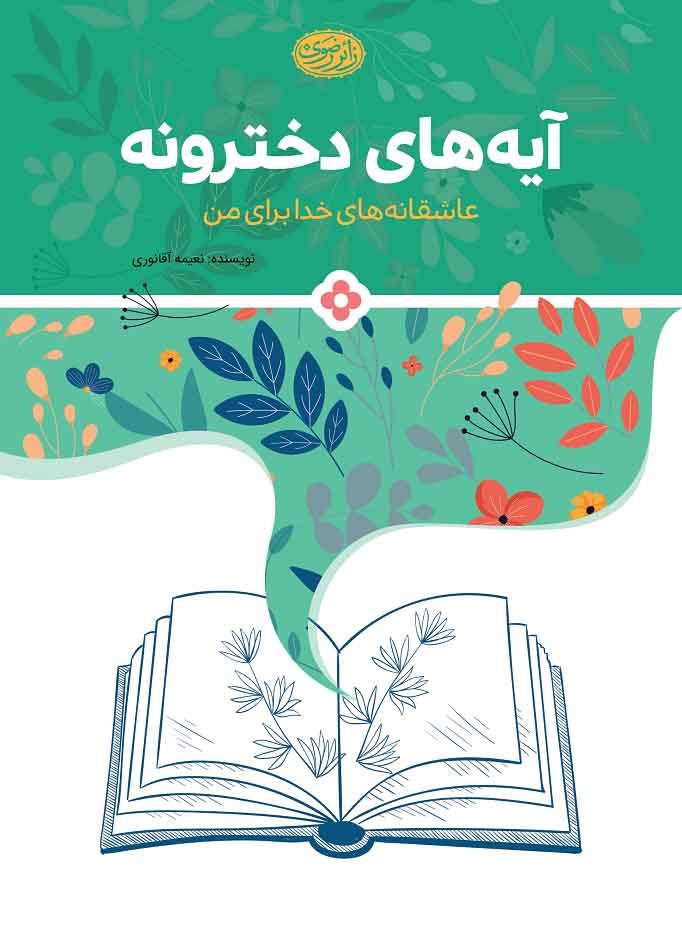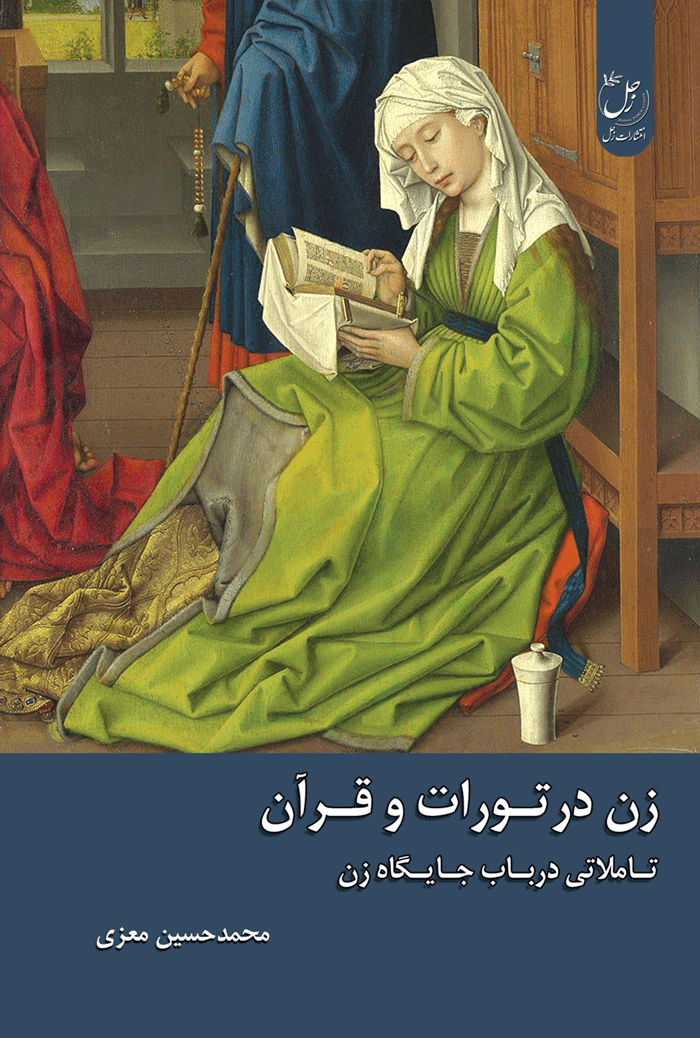This scholarly work investigates how Imām Bāqir (a) shaped the distinct doctrinal identity of the Imāmī Shīʿa through deliberate theological and practical strategies during the early 2nd century AH.
Latest Islamic Studies Digest
This work analyzes the intellectual and socio-political movements during the Imams’ eras to safeguard authentic religion from secular and deviant ideologies.
This seminal work reinterprets the lives of the twelve Imams as a single, continuous 250-year struggle to establish divine governance. It shifts the focus from purely spiritual narratives to the intense political efforts of the Infallibles to combat corruption and social injustice. Through historical analysis, the book illustrates how each Imam adapted their strategies—from silence to uprising—to preserve the core mission of Islam.
This work by Abd al-Hadi Mas’udi reconstructs nearly one hundred narrations of Imam Ali transmitted by the noble Abd al-Azim al-Hasani. Recovered from a Zaydi manuscript, it offers spiritual and ethical insights into Islamic governance, personal development, and faith.
“Tārīkh-i Ḥadīth-i Baḥrayn” provides a comprehensive historical analysis of Bahrain’s role as a major center for Shīʿī hadith transmission. Dr. Suliymānī Āshtiyānī reconstructs the region’s scholarly lineage from early Islam through the era of the Imams’ physical presence. The work examines the methodologies of local narrators and their intellectual exchanges with other prominent Islamic hubs. This research successfully establishes Bahrain as a central pillar in the preservation of Shīʿī religious heritage.
This condensed encyclopedia explores the authority, transmission, and verification of Hadith, providing a systematic framework for understanding and critiquing Prophetic traditions within Shīʿī scholarship.
Maqtal-i Piyvastih provides a historically authenticated narrative of the Karbala event. Synthesized from pre-9th-century sources, this work by Ayatollah Riyshahri offers a chronological, story-like format of Imam Hussain’s journey, martyrdom, and the aftermath, complete with detailed maps.
This work offers a novel perspective on Arba‘īn as a distinctive Shia “Shi’ar.” The author explores the significance of the number forty in Islam while arguing that the forty-day mourning ritual is exclusively reserved for Imam Hussein, critiquing its extension to the general deceased.
This treatise by the al-Abbas Holy Shrine examines the Umayyad suppression and anti-Islamic propaganda that necessitated Imam al-Husayn’s movement. It highlights his responsibility as a leader to revive the Prophet’s Sunnah and defend the Quran.
The Dānishnāmih-yi Aḥādīth-i Pizishkī is a monumental two-volume encyclopedia that systematically organizes narrations from the Prophet and Ahl al-Bayt concerning health and healing. Led by Āyatullāh Riyshahrī, the work bridges traditional wisdom with modern scientific inquiry by categorizing hadiths according to human anatomy and preventive practices. It applies rigorous scholarly analysis to authenticate medical traditions while providing a rich resource for both religious scholars and healthcare researchers. Ultimately, this encyclopedia serves as a foundational text for the academic revival of Islamic medical heritage.
This book provides a jurisprudential analysis of artificial insemination, examining its permissibility, legal lineage, and ethical issues in modern medicine.
Behzad Ghazavi Khorasgani examines the environment through Islamic jurisprudence and Iranian legislation. The work highlights Quranic ecology, the “no harm” principle, and Article 50 of the Constitution, framing nature’s protection as a religious and public duty.
This book provides a structured framework for Islamic banking that integrates ethical jurisprudence with modern financial needs. The author proposes innovative models like the “Tafkīk” system to effectively eliminate interest and promote social justice. It serves as a practical guide for reforming banking structures in both Muslim and global contexts.
This book examines the Infallibles’ economic lifestyle through the Four Books, focusing on work ethics, trade etiquette, and the just management of public funds.
Farhang-nāmih-yi Taqwā excavates the essence of God-consciousness from the Quran and Hadith. Co-authored by Ayatollah Riyshahri, this volume offers a practical and scholarly roadmap to one of Islam’s most exalted virtues, identifying its foundations, effects, and historical exemplars.
This work examines Islamic moral philosophy with a focus on Allamah Tabatabai’s perspectives. It defines ethical science, classifies ethical schools, and delves into the theory of conventionalism (iʿtibārīyāt) to explain how moral education guides humanity toward perfection.
Based on ethical teachings by Ayatollah Mazaheri, this book examines the mutual rights of humans, nature, and animals. Using 580 scriptural sources, it defines a hierarchy of justice and service, emphasizing that honoring human rights is the greatest form of Islamic worship.
Manifestations of the Beauties of Religion explores the aesthetic dimensions of Islam through the teachings of Ayatollah Javadi Amoli. It defines religious art as the creation of perfection, justifies Sharia laws as spiritual remedies, and highlights the tranquility found in divine supplications.
This book introduces a psychological model of “ʾamal” (aspiration) by synthesizing Islamic sources with academic clinical insights. It categorizes wishes into constructive or destructive states based on their alignment with reason or ignorance. Finally, the author offers practical cognitive and spiritual strategies to manage these desires for better psychological health.
This manual provides a systematic framework for developing Islamic-based psychological interventions, offering a clear four-stage methodology to transform religious constructs into actionable clinical protocols.
This book analyzes Prophet Muhammad’s political conduct, focusing on the structural foundations and justice-based principles of the first Islamic state.
This work examines Malekian’s “Rationality and Spirituality” project, exploring why he views traditional religiosity as incompatible with modernity. It contrasts his call for secular democracy with traditionalist views, focusing on the role of intellectuals in alleviating human suffering.
This study explores Ayatollah Javadi Amoli’s framework for international relations, rooted in justice and unity. It examines Islamic principles for coexistence with monotheists and human societies, fulfilling covenants, and the spirit of defensive wars in the Quranic tradition.
This book outlines Quranic strategies for interaction among Islamic sects, identifying barriers like ignorance and providing practical solutions for Muslim unity.
A Jurisprudential Study of Takfīr by Zahra Sadat Khalesi-nezhad addresses the greatest challenge to Islamic unity. Investigating historical roots from ancient Greece to the Khawarij and Wahhabism, the work defines the criteria for faith and warns against branding Muslims as disbelievers.
Spanning 147 pages, this work by Abbas Khajehpiri explores the Islamic Human Rights System through principles like Tawhid and divine sovereignty. It highlights that Islamic privacy traditions date back over 1,400 years, significantly predating 19th-century Western concepts. The book analyzes how Islam integrates material and spiritual dimensions of life, traceing natural rights back to documents older than 2,000 BCE.
Spanning 321 pages, this work examines imprisonment as a tool for reform and deterrence in Islamic Law. It compares views from Imami, Maliki, Shafi’i, Hanbali, and Zaydi sects, emphasizing the shift from mere confinement to modern corrective and educational facilities.
“‘AṢR-E- ZUHŪR” provides a detailed analysis of Islamic eschatology based on Quranic and hadith sources. It outlines regional events in Yemen, Egypt, and Iraq, the role of global powers, and the final establishment of Imam Mahdi’s world government of justice.
Zohair Dehqani Arani’s study offers an impartial analysis of contemporary Orientalists’ views on the Islamic Messiah. From theological shifts to political interpretations, the work critiques the methodologies of scholars like Andrew Newman and Jean-Pierre Filiu in their study of Mahdism.
“Mahdism and the Reappearance” offers a concise yet deep exploration of eschatological hope across religions. It analyzes the rational proofs of Imam Mahdi’s existence, the scientific possibility of his longevity, and the inevitable signs of his global uprising to establish divine justice.
Sayyid Jaʿfar Mūsavīnasab provides a detailed Q&A on Mahdism. This volume addresses 89 questions regarding the signs of the reappearance, the 313 companions, the global government of Imam Mahdi, and the doctrine of Raj’a.
This scholarly work analyzes the historical evolution of how Imāmī exegetes interpreted the Torah and Gospel. It explores theological shifts and concepts of biblical distortion (taḥrīf) within their socio-political contexts.
Ali Shah Alizadah’s Mīrāth-i Tafsīrī-yi Shīʿa recovers and systematizes lost Imami interpretive traditions from the 2nd and 3rd centuries AH. Spanning 702 pages, it traces chains of transmission and thematic trends to revive early Shiʿite Qurʾanic thought.
Maʿrifat-shināsī-yi Qurʾānī offers a holistic Islamic framework for knowledge. Drawing on seventy Quranic verses, Ayatollah Riyshahri explores sensory perception, reason, and divine revelation. This work identifies arrogance and sin as barriers to truth, providing a roadmap for spiritual clarity.
Taḥrīfnāpadhīrī-yi Qurʾān provides a comprehensive analysis of the holy book’s preservation from distortion. By examining over 300 sources, Najjārzādigān addresses controversial narrations in both Shiʿa and Sunni traditions and refutes historical polemics with academic precision.
Hossein Ali Ja‘fari’s work examines repentance as a uniquely human spiritual phenomenon. By synthesizing views from Islamic leaders, the Infallible Imams, and world religions like Buddhism and Zoroastrianism, the book maps the universal journey of seeking divine mercy.
This text reviews a scholarly book exploring the principle of rational moral judgment in Islamic theology. The authors examine how human reason can independently identify good and evil, comparing various theological schools. Ultimately, the work emphasizes this principle’s vital role in understanding divine justice and moral accountability.
This award-winning study explores the obscure transitional period of Imāmī intellectual history between the decline of the Kūfah school and the rise of the Baghdād school. Dr. Mūsavī Tanyānī tracks how theological legacies migrated and reconfigured across Baghdād, Baṣrah, and Khurāsān. The research reveals the regional dynamics and scholarly networks that eventually synthesized into systematic Shīʿī theology under Shaykh al-Mufīd.
This book explores the temporal origination of Divine Names through Shīʿī ḥadīth and semantic analysis to clarify the relationship between God’s Essence and Attributes.
This book traces the evolution of Divine Knowledge in Imāmī theology from the era of the Infallibles to the influential Kufa and Baghdad schools.
This book explores the sublime status of women and mothers in society through the perspectives of Imam Khomeini and Ayatollah Khamenei.
This book interprets Quranic verses to highlight the esteemed status of girls, emphasizing piety and modesty as divine paths to spiritual excellence.
This scholarly work by Ayatollah Sayyid Muhammad Baqir Hakim examines the life of Fatima al-Zahra as the central figure of the Ahl al-Bayt. It provides a historical analysis of her opposition to the Saqifa assembly and her defense of Imam Ali’s leadership to prevent the distortion of Islam.
Mohammad Hossein Moezi provides a detailed report on the teachings of Islam and Judaism regarding women. The work contrasts the creation narratives of Eve, examines inheritance and divorce laws, and explores the tension between spiritual equality and distinct social roles.



